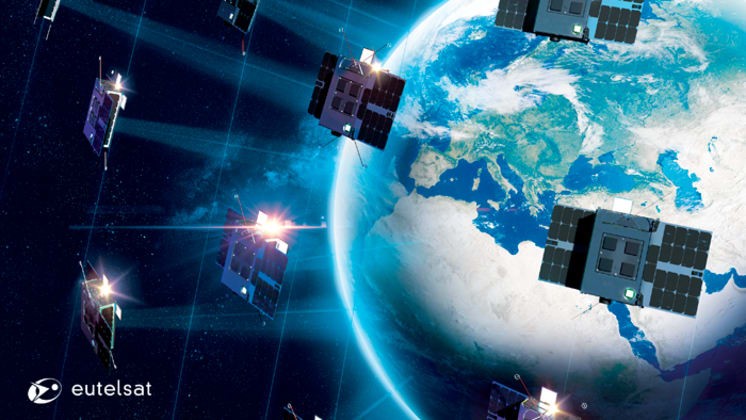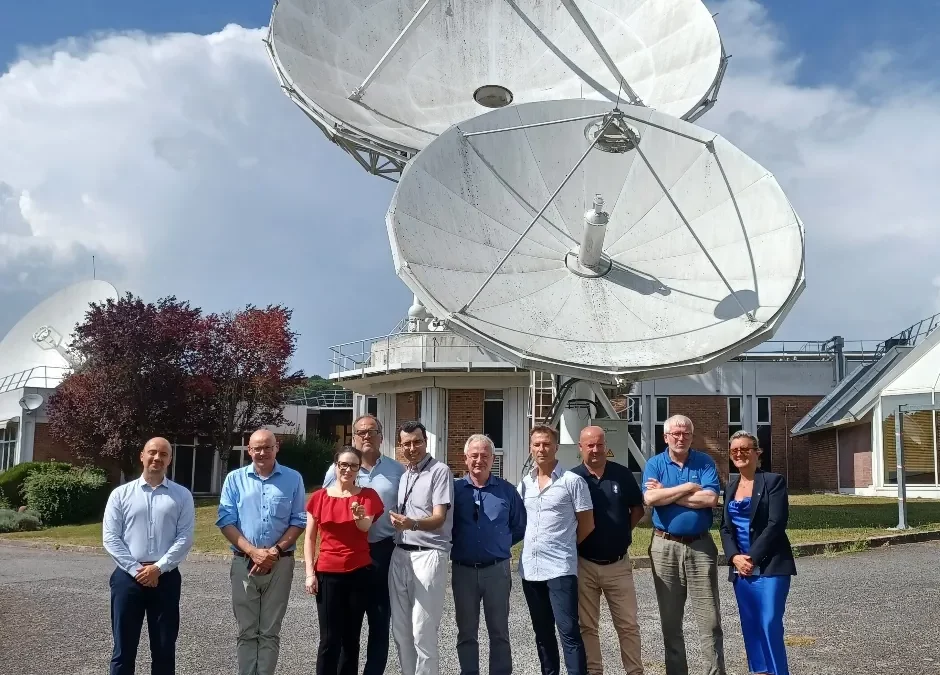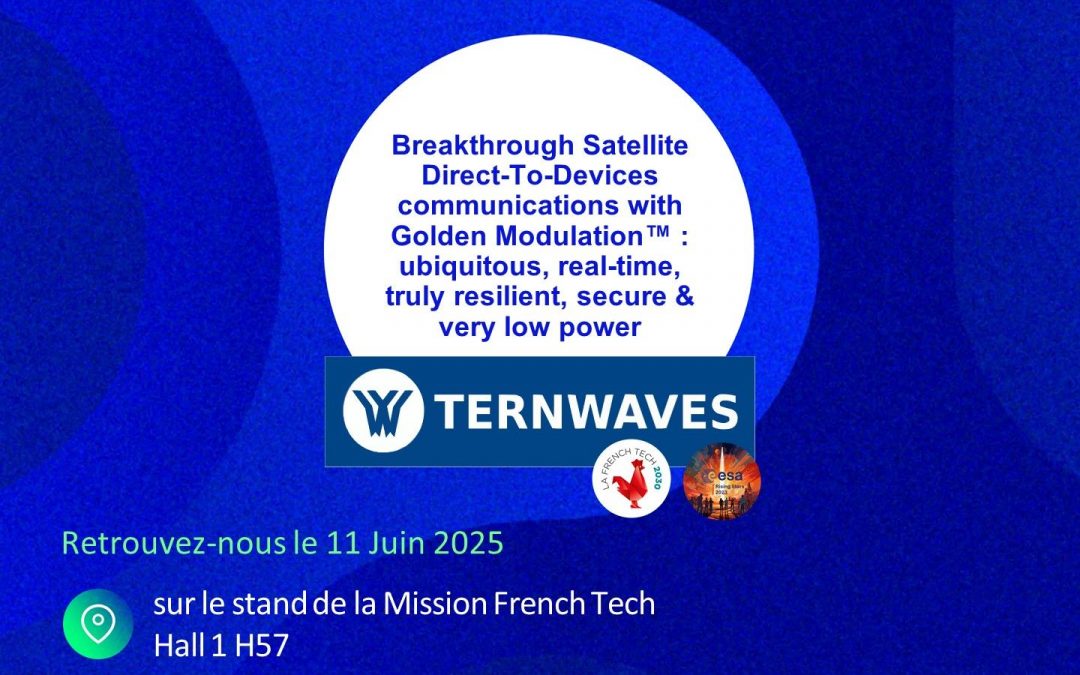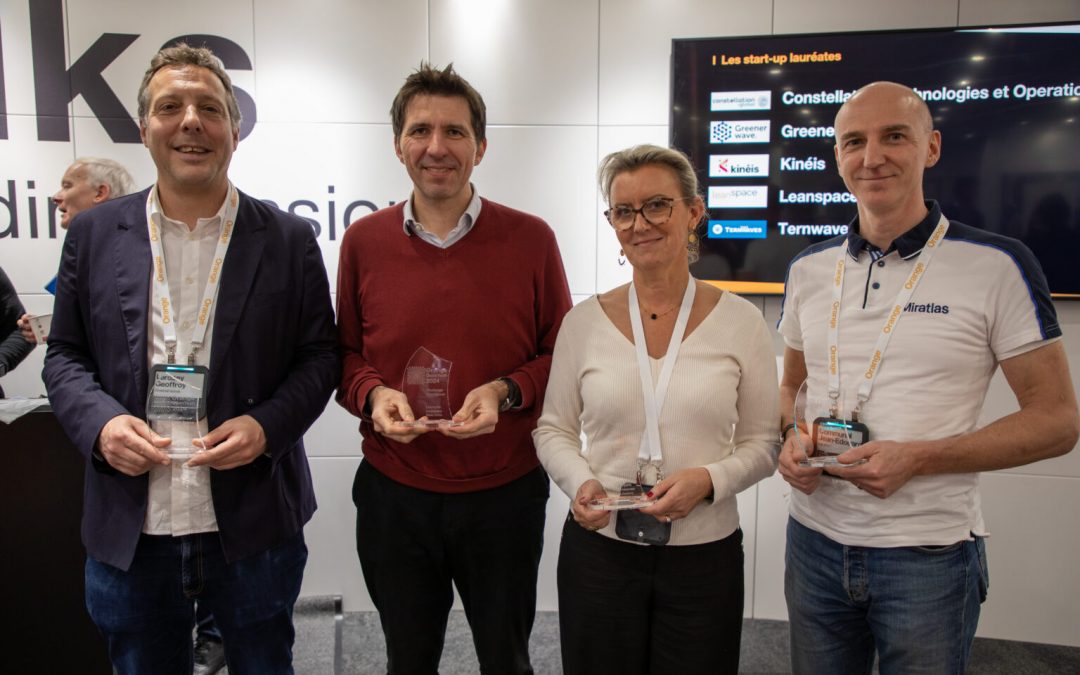Eutelsat Group, a leading global satellite operator, and TERNWAVES, an innovative technology company specializing in advanced communication solutions, are thrilled to announce the successful field demonstration of their direct-to-devices end-to-end services. This cutting-edge technology utilizes the Golden Modulation™ waveform in conjunction with Eutelsat’s ELO demonstration satellites orbiting around 500 km, showcasing remarkable performance capabilities.
The partnership has achieved several unique features:
- High Capacity: The system supports a traffic capacity of 1,728,000 messages per day using only 250 kHz of frequency bandwidth. When utilizing a 2.5 MHz frequency bandwidth, this capacity can be increased tenfold.
- Robustness to Interference: Operating within the ISM band (868-915 MHz) and adhering to ISM EN300-220 standard, the service demonstrates exceptional resilience against multiple strong interferences.
- GNSS-Denied Operation: The technology, thanks to its asynchronism, operates fully in environments where Global Navigation Satellite Systems (GNSS) are unavailable, ensuring reliable and secured connectivity.
- Doppler Robustness: The system offers very high robustness against Doppler effects, supporting LEO satellites operating at altitudes between 550 to 370 km.
- GNSS-Free Geolocation: Users benefit from geolocation information when GNSS are not available.
- Cost-Effective and Compact Portable Devices: The user devices, utilizing commercially available components, are low-cost and feature small form factors.
- Low Power Consumption: With a transmission power of just 30 mW at 868 MHz and 7 mW at 400 MHz to reach low cost LEO satellites, the devices ensure maximum battery autonomy.
This innovative Golden Modulation™ technology has been successfully ported over the air as software to Eutelsat’s LEO Software Defined Radio (SDR) based payload already in orbit on an AAC Clyde Space CubeSat. With a very small code foot print, the Golden Modulation™ receiver can be uploaded to the satellite payload in a single pass over the control station.
Successful testing has been conducted in various locations, including France and Brazil, demonstrating the technology’s global operation and
reliability.
The space and ground segments are ready to be deployed, paving the way for a state-of-the-art connectivity solution that promises to unlock
direct-to-devices communication capabilities for users around the world.
This project has been co-funded by the European Space Agency under ARTES 4.0 Business Applications – Space Solutions.






